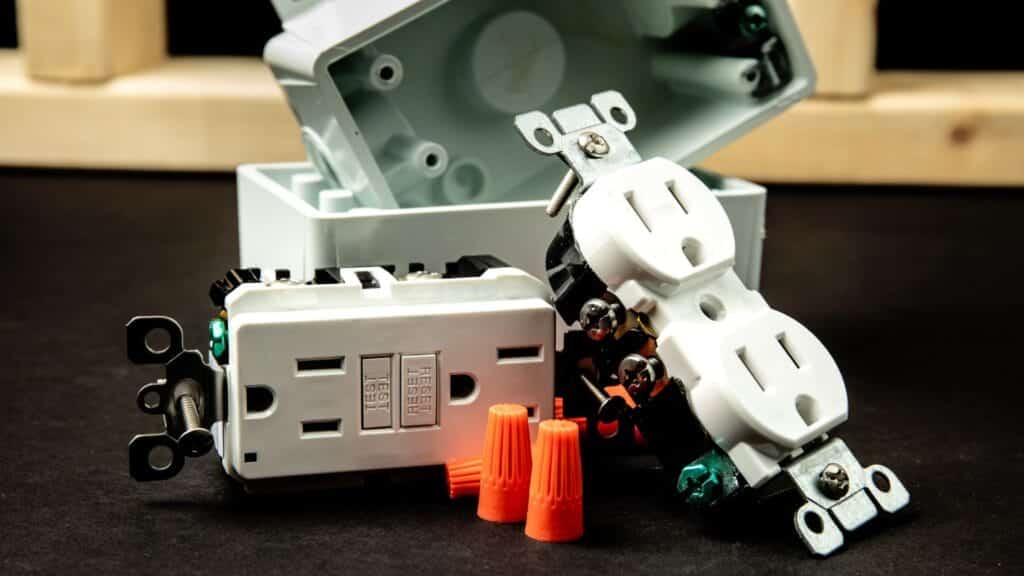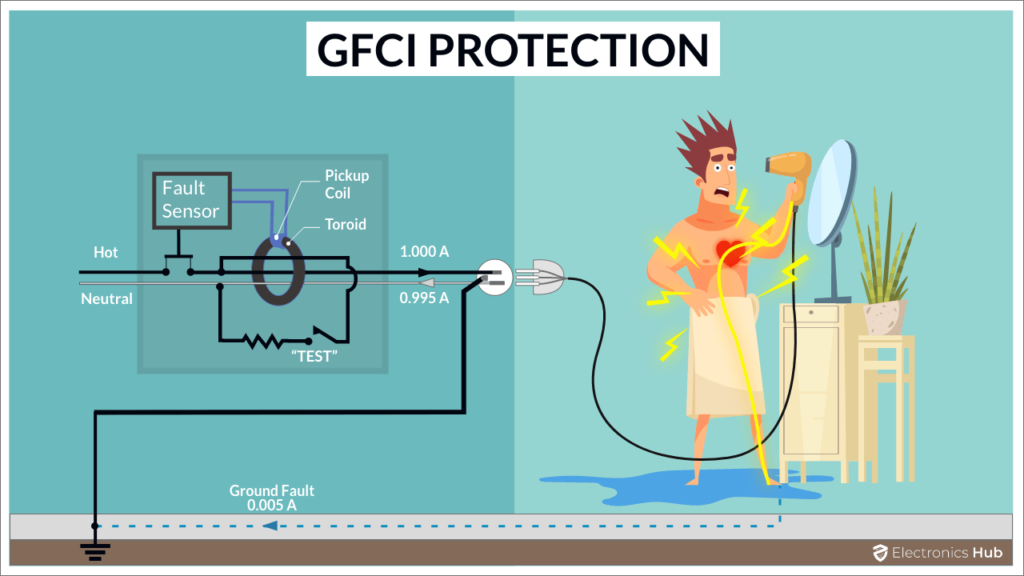Understanding What GFCI Stands For
Discover the Meaning of GFCI in Electrical Safety
Your Guide to What GFCI Stands For:
What Does GFCI Stand For?
GFCI stands for Ground Fault Circuit Interrupter. This device is essential in protecting against electrical shocks. It works by monitoring the flow of electricity in a circuit and quickly shutting off power if a ground fault, like a current leakage or an imbalance, is detected.
The Role of GFCIs in Home Safety
GFCIs are vital in areas where electrical outlets are in close proximity to water, such as bathrooms, kitchens, garages, and outdoor locations. They are also important in wet areas or any areas where the risk of electrical shock is higher due to damp conditions or potential water contact.

A: Ground Fault Circuit Interrupter

How GFCIs Work
A GFCI outlet monitors the amount of current flowing from hot to neutral. If there is any imbalance (indicating that some of the current is flowing through an unintended path, like water or a person), the GFCI trips the circuit and cuts off electricity. This action helps prevent shocks and electrocution.
Historical Context and Implementation
GFCIs became a standard safety feature in homes in the 1970s. Their implementation has evolved with electrical codes, expanding their usage in homes over the years. Initially, they were required for outdoor and bathroom receptacles. Over time, this requirement extended to kitchens, garages, and other areas prone to moisture.
Regular Testing and Maintenance
It’s important to test GFCI outlets regularly to ensure they are functioning properly. This can be done using the “test” and “reset” buttons on the outlet. Regular testing ensures they provide the necessary protection against electrical hazards.
Conclusion
Understanding and correctly using GFCIs is essential for electrical safety in homes. They are specially designed to protect against electrical hazards in high-risk areas and have been a standard feature in home safety since the 1970s. Regular testing and maintenance of these devices ensure ongoing protection against electrical shocks.
Want More Content?
- Curious about Polybutylene Plumbing Pipes?
- Learn the difference between Double Lugged Neutrals and Double Tapped Breakers
- Learn more about Wind Mitigation and 4 Point Inspections
- Curious as to what the life expectancies of your home’s components are? See our Life Expectancy Chart
